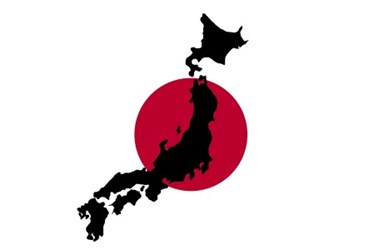What The New Japanese Medical Device Regulations Mean For You
By Nick Otto

With a comprehensive regulatory framework for medical devices set to take effect on Nov. 25, Japan’s Pharmaceutical and Medical Devices Agency (PMDA) has made some changes that need to be addressed for device makers looking to remain compliant in the Asian market.
The Pharmaceutical and Medical Device Law (PMDL) will replace the current regulations, known as the Pharmaceutical Affairs Law, and will make some hefty changes on device registration. According to the Emergo Group, some of those changes include “in-country representation, quality management system compliance, third-party certifications and regulation of medical software.”
Japanese lawmakers adopted legislation in November 2013, creating a separate regulatory pathway for medtech products. Under the current framework, medical devices are regulated under the country’s pharmaceutical regulations, according to Pacific Bridge Medical.
According to Emergo, the new regulations will require marketing authorization holders to have authorized representation in Japan. Not only will device makers be required to have three qualified managers, but they will also need to implement their own quality systems based on Japan’s Ministry of Health, Labour and Welfare’s Ordinance No. 169.
“The PMDL does away with PAL requirements that domestic device manufacturers obtain manufacturer licenses and that foreign manufacturers obtain foreign manufacturer accreditations,” Emergo reported. “Instead, domestic manufacturers must now register their manufacturing facilities with their local prefectural authorities; foreign companies, on the other hand, must register their facilities with the Pharmaceutical and Medical Devices Agency’s (PMDA) main office.”
In a push to speed along the approval process, the new regulations will also allow registrants to use third-party certifications from Registered Certified Bodies. This, along with allowing more Class II and Class III devices to qualify for third-party certification, could “lead to less complex market pathways for some foreign manufacturers,” according to Emergo.
Emergo added that the Japanese pathway has always been a difficult one to crack, and while the PMDL won’t make the process easier, it will make the framework “less challenging and more transparent.”
On its approval in 2013, the American Medical Devices and Diagnostics Manufacturers’ Association lauded the approval, noting “medical devices, which have different characteristics from pharmaceuticals, need their own regulatory system.”
China earlier this summer also updated some of its registration requirements, requiring clinical testing for some Class II and Class III devices.
